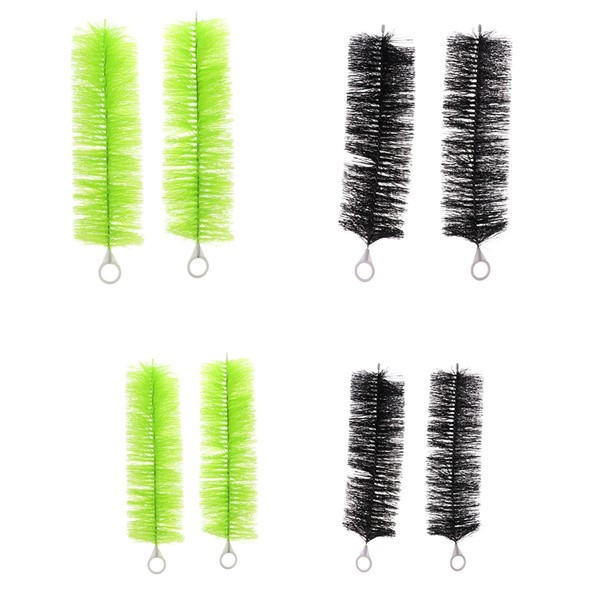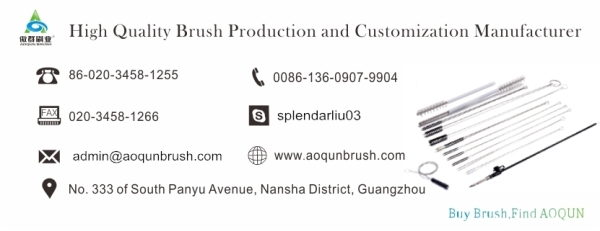According to the British Environmental Daily News: The previous low sewage treatment standards had a negative impact on the biodiversity of many rivers in the UK. Only one tributary of the Thames stands out among the many rivers. It turned out that a large sewage treatment plant on a tributary of the Thames River in the United Kingdom installed sewage treatment bottle brush filters for ponds, allowing the sewage of this tributary to be filtered and treated and species increased.
But a river is so wide and empty, how did you install these bottle brush filters for ponds?
It is understood that before placing the bottle brush filters for ponds for sewage treatment, the sewage treatment plant will first build a filter silo. The hanging loops at both ends of the bottle brush filters for ponds are pierced and fixed by the horizontal columns fixed at the top and bottom of the filter silo.
Both ends of the bottle brush filters for ponds are equipped with a 25mm hanging ring, which can be fully adapted to a 20mm diameter horizontal column. As long as the hanging ring passes through the horizontal column, it can be worn and hung. .
Sewage treatment bottle brush filters for ponds should be placed as densely as possible. On each 10-meter horizontal column, at least 11-12 bottle brush filters for ponds with a diameter of 100mm should be placed. Large debris to reduce or even eliminate the direct flow of solid waste downstream.

Only by mastering this correct installation method can a better filtering effect be achieved.
Since this large sewage treatment plant installed Aoqun's sewage treatment bottle brush filters for ponds, the diversity and abundance of freshwater invertebrates on the river has increased significantly, and has been steadily improving since then. Local people said they have seen the return of dragonfly species that disappeared 30 years ago.

сканировать на wechat

сканировать на wechat
